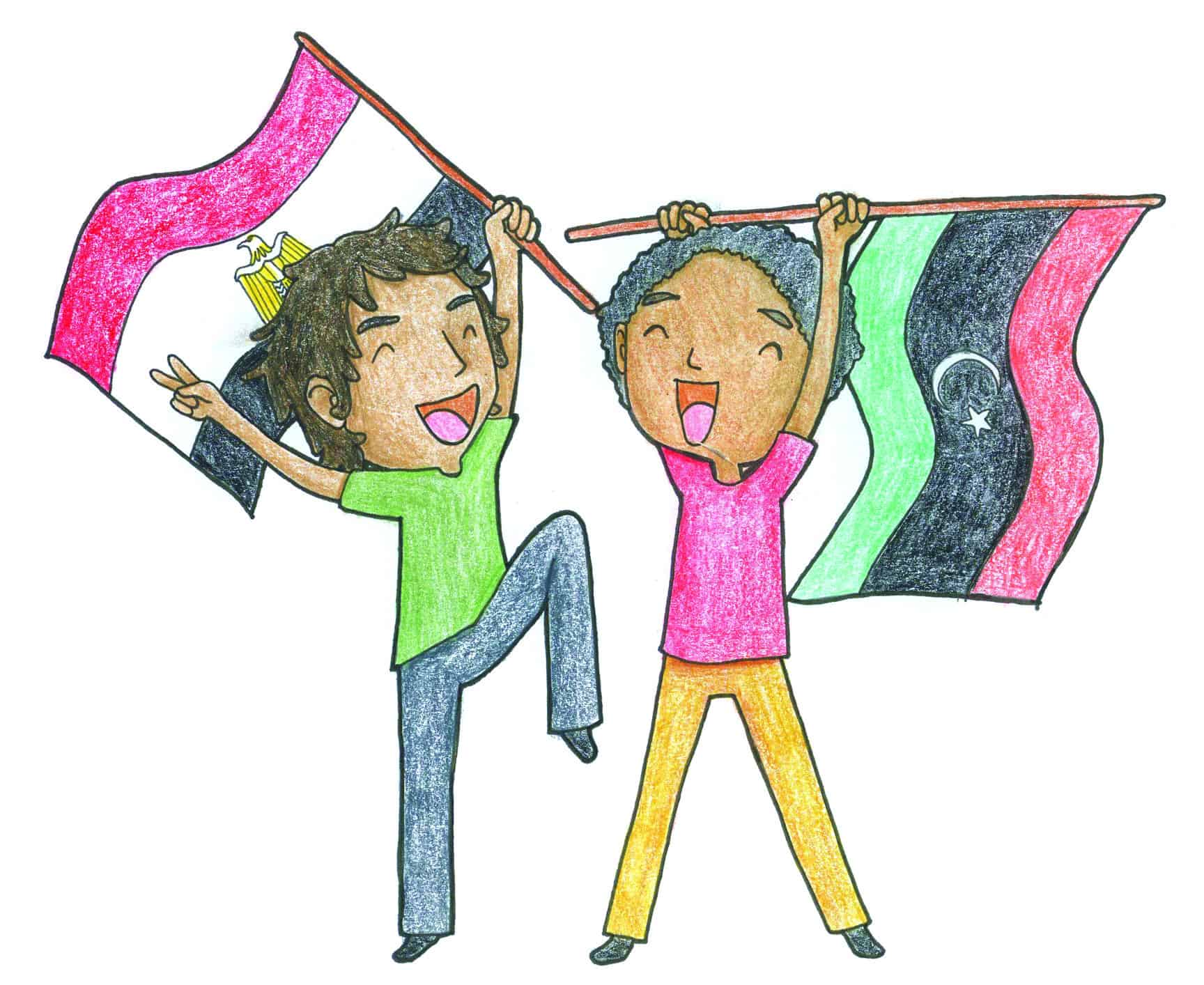You don’t have to study authoritarianism to realize there’s something fishy about the concept of the “great people’s struggle” during the Arab Spring. In fact, with an understanding of authoritarian regime dynamics and the civil–military legacy within the Middle East, the idea that the Arab Spring was the overcoming of authoritarianism by the people leads to much more cynicism. In the beginning of 2011, when Tunisians and Egyptians rose up in massive protest against their authoritarian rulers, it seemed as if the likes of Tunisia’s Ben Ali and Egypt’s Mubarak fell after only two weeks of rioting and chanting. But with a deeper understanding of the exceptionalism that Middle Eastern autocracies have experienced, it is clear that more is at play in these revolutions and revolts then simply the power of an angry populace.
The Middle East since 1972 is the only region of the world that has not experienced widespread democratization. Freedom House reports that the Middle East today is less democratic than it was 30 years ago. What accounts for this exceptionalism? Eva Bellin, a scholar on authoritarian persistency in the Middle East, explains that the reasoning lies in a variety of factors ranging from the legacy of a Cold War patronage to the level of institutionalization held by the regime’s security apparatus. Despite all of the reasons for the sturdiness of autocratic states, the factor that explains the simultaneous fall of the Egyptian and Tunisian leadership lies not only in the actions of the masses of Tunisia and Egypt. Those in Bahrain and Syria are being killed in the streets while protesting en masse, there are key differences in the Tunisian and Egyptian militaries that have allowed for what may appear to be a sweeping people-led revolution.
Looking into the different models of the military-regime relationship within Arab states experiencing unrest, we see key contrasts. Countries such as Bahrain and Syria, which experienced significant anti-regime protests, and in turn, considerable repression and lack of reform, bolster considerably fragmented military leaderships that tie their survival to that of the regime. The President of Syria, Bashar al-Assad, has implemented an equilibrium of varying societal sects (Sunni, Alawi, Christian) throughout the military structure to ensure that no single subset is able to attain enough power to challenge the regime. Bahrain utilizes different, yet similar means of maintaining the ascendancy of the regime over the security apparatus. During the brutal crackdown on Shia protesters in February and March, 2011, Bahrain employed foreign mercenaries (from both southeast Asia and eventually Saudi Arabia) to protect the interests of the ruling Sunni elite.
The structures of the regime-military dynamics of Egypt and Tunisia are also different. Both militaries are considered to be highly institutionalized power-players, enough so that the survival of the military in Tunisia and Egypt was never tied to the survival of the regimes. Furthermore, the Egyptian military is seen within civil society as becoming increasingly separated from the regime’s dynamic. While the Egyptian army has historically played a powerful political role (In 1952, Colonel Gamal Nasser overthrew the Egyptian monarchy, instituting a military dictatorship), scholars like Mark N. Cooper have argued that since the 1970s Egyptian politics has experienced “demilitarization,” as the military has receded into primarily economic and civil roles. Similarly, the Tunisian military holds many of the same characteristics, and the decision not to fire on protesters during demonstrations in 2010/2011 proves that it remains firmly tied to the civil structure, while remaining removed from the regime. Therefore, in terms of the Egyptian and Tunisian militaries, when the survival of Ben Ali and Mubarak came into question, the armies looked to maintain the status quo, not the regime.
So, what does this mean within the theme of the Arab Spring as being a grassroots, people-led movement of democratization? For instance, the widespread acquiescence experienced within the military structure, following massive repression of popular demonstration throughout Syria and Bahrain, becomes less of an issue of pro-regime/anti-regime. What becomes an issue is the interlocking of the regime-military structures within certain Arab regimes quelling unrest, and the concern the militaries have for their own believed survival. In another instance, the issue of the important role that the military is playing in the Egyptian and Tunisian “road to democracy” is becoming considerably more suspect, especially as continued discontent by both Tunisians and Egyptians is being met with deaf ears and further repression from military leadership.


